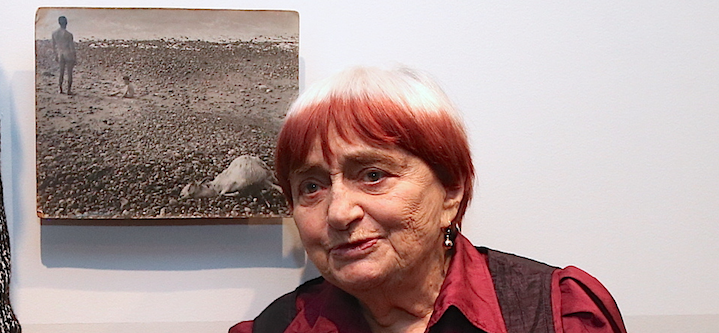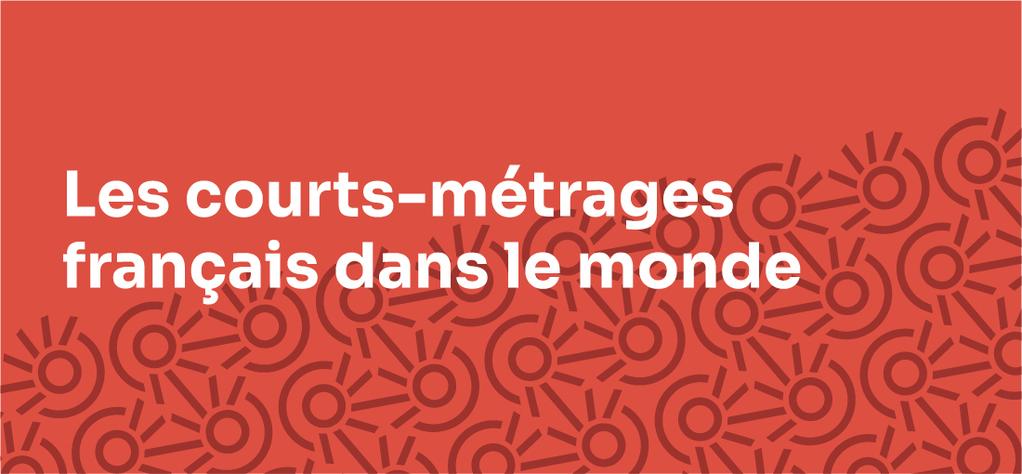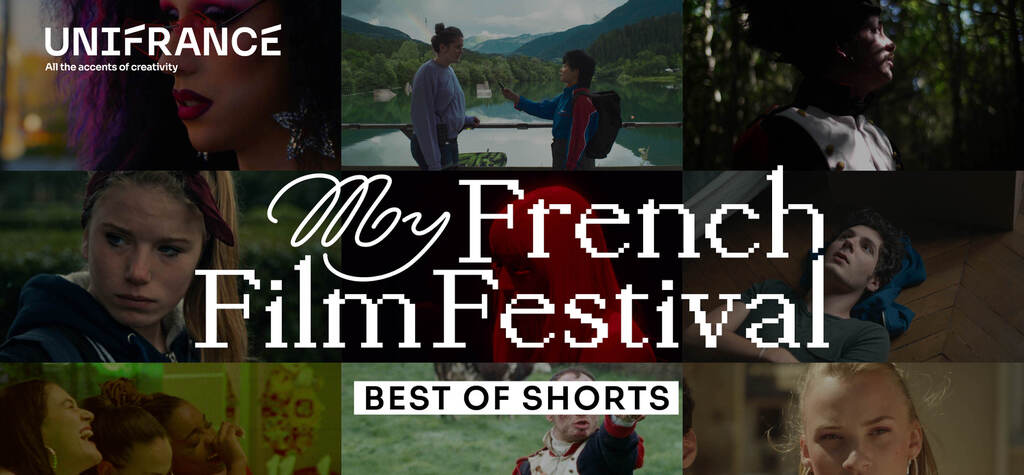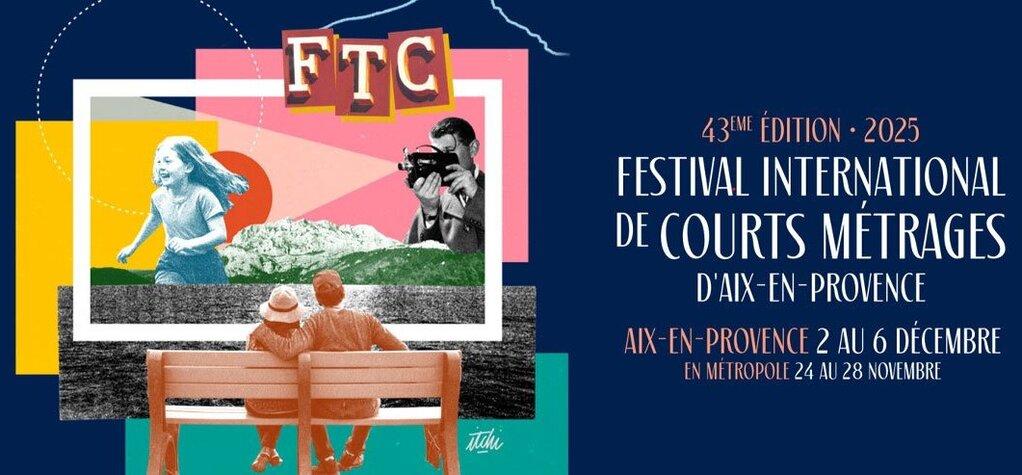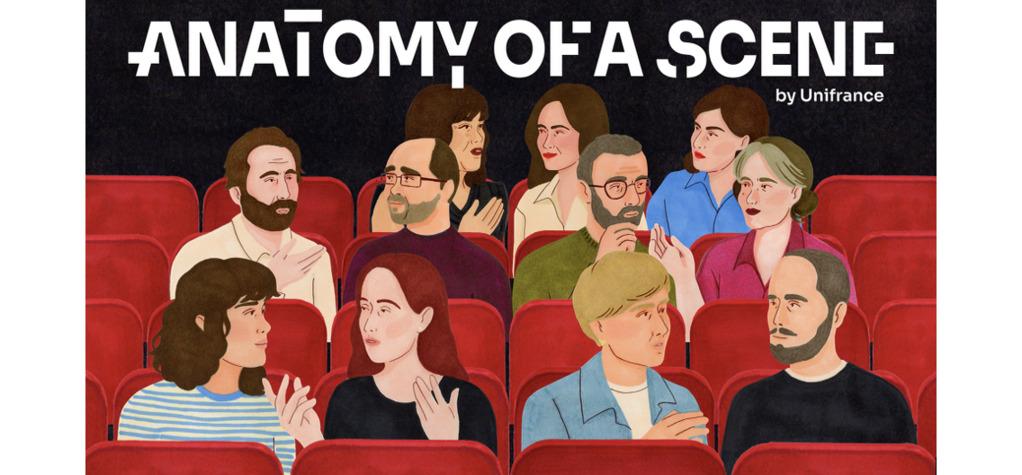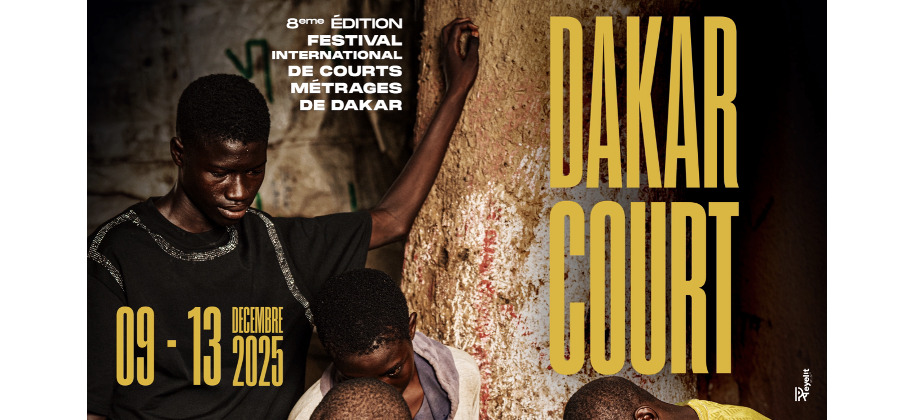Agnès Varda is back in New York—she knows the United States well, having lived here twice for two and a half years. She is here now for an exhibition of her work, including photographs and installations, held at the Blum & Poe art gallery. She is taking advantage of this visit to take part in the Rendez-Vous with French Cinema, taking master classes associated with the event and strolling around the city, where many passersby, often young people, turn their heads in recognition as she crosses their paths.
What is your first memory of New York?
I've always come here as a filmmaker, so it was the time of the presentation of Cleo from 5 to 7, which must have been in 1962. I didn't speak a word of English, so my contact was pretty limited, if I can put it that way, but I remember going straight out to discover the museums, which were my first preoccupation. Even without speaking English, I could understand paintings! I came back three years later for Le Bonheur / Happiness, still not speaking any English. I remember most of all how I was welcomed in Los Angeles. A lab had organized a lunch to praise the physical beauty of my film! I finally learned to speak English in 1968 when I came to Los Angeles with Jacques [Demy], where he was preparing for his film Model Shop, while I was interested in the Black Panthers. As a result, I don't know New York as well as Los Angeles, although my films have always been shown in New York, notably at the New York Film Festival. I remember once opening the festival with One Sings, the Other Doesn't, and seeing Woody Allen arriving in the theater...
Which of your films are most popular in the United States?
Cleo created a stir immediately, and universities appropriated it to use in their courses. Another film that has been studied a great deal by students is Daguerreotypes. One day, I was invited to present the film by three departments at the same American university at the same time: the Sociology, Documentary, and Women's Studies departments! I went to many American universities with my films, and, later on, to discuss my installations. From a commercial point of view, Vagabond was released in the United States, and was successful, then Sony Classics released Jacquot, which was originally titled Jacquot de Nantes. These are the two films that attracted the most attention in commercial theaters.
I have always had had unusual successes in the United States. For example, The Gleaners and I, which is a low-key documentary, is adored by audiences here, and showed for seventeen weeks at the Film Forum, a small Downtown theater. Usually, if a film screens for 17 weeks at the Forum, it means that everyone who could be interested in cinema has been to see it! I have a kind of "marginal fame" here, but I'm not complaining!
How would you define the concept of your exhibition at Blum & Poe, which you opened a few days ago?
There are three self-portraits in the show: at 20 years old, 40 years old, and 80 years old. I think they found it amusing to position the exhibition around the two extremities of my work. The first work dates back to before my first film, in June 1954. I had organized a photographic exhibition in the courtyard of my house in rue Daguerre, with photos on the walls and shutters, and they stayed like that for two weeks, even at night. At that time, I didn't know anyone in the art world. The people who visited my exhibition were my neighbors. Afterwards, I packed everything away in large boxes, and forgot about it all until around four or five years ago. I opened the boxes when I was tidying up, as you do. A gallery exhibited the photos, and that gave them a new life. Blum & Poe wanted to exhibit them next to more recent works, such as Bord de Mer or the triptych I did on Noirmoutier. Since MoMA has bought this triptych, it's very gratifying for them! Their proposal to present work "across time" appealed to me.


